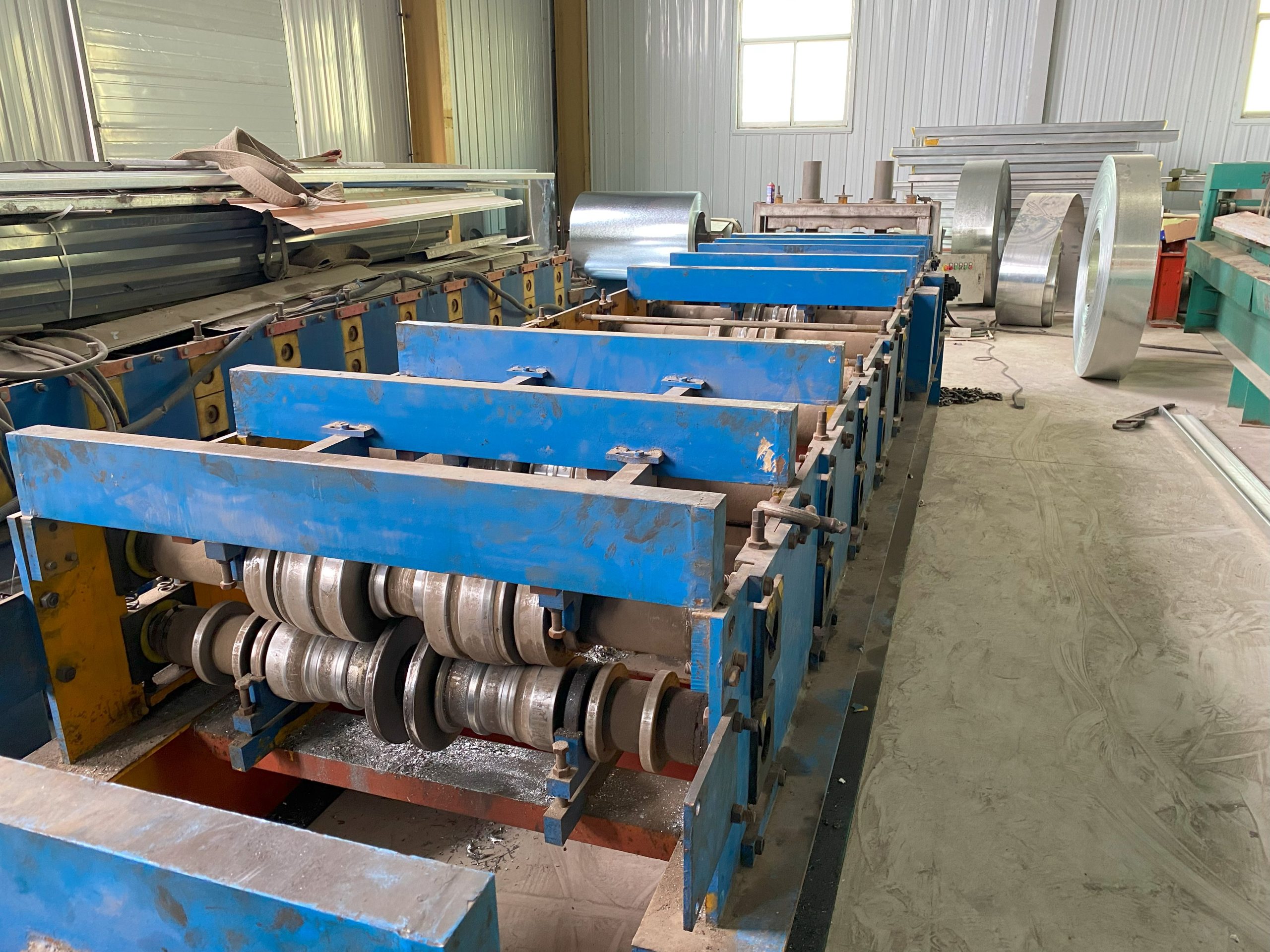Table of Contents
Advantages of Foam in Sound Insulation of Simple Rooms:
Foam as a sound insulation material has gained popularity due to its various advantages in simple room applications. Understanding the benefits and limitations of using foam for sound insulation is crucial for making informed decisions when considering this material for soundproofing purposes.
One of the primary advantages of using foam for sound insulation in simple rooms is its exceptional sound-absorbing properties. Foam materials, such as acoustic foam panels, are designed to absorb sound waves, thereby reducing the transmission of noise within a room. This is particularly beneficial in simple rooms where sound reflections and reverberations can be problematic. Additionally, foam insulation can help improve the overall acoustics of a room by reducing echoes and minimizing sound distortions, creating a more pleasant and controlled auditory Environment.

Another advantage of foam in sound insulation is its lightweight and easy-to-install nature. Foam panels are typically lightweight and can be easily cut and shaped to fit the specific dimensions of a room. This makes them a practical choice for soundproofing simple rooms, as they can be installed without requiring extensive construction or structural modifications. The ease of installation also makes foam a cost-effective option for individuals seeking to improve the sound insulation of their living spaces without significant investment or professional assistance.
Foam insulation materials are also known for their versatility, as they can be used in a variety of applications to address specific soundproofing needs. Whether it’s for home theaters, recording studios, or residential bedrooms, foam panels can be strategically placed to target areas of sound leakage and reverberation, providing tailored solutions for different room configurations and acoustic requirements.
However, despite its advantages, foam also has limitations when used for sound insulation in simple rooms. One of the primary limitations is its effectiveness in blocking low-frequency noise. While foam materials excel at absorbing mid to high-frequency sounds, they may not be as efficient in attenuating low-frequency noises, such as those produced by heavy machinery or traffic. This makes foam insulation less suitable for environments where low-frequency noise reduction is a priority.
Additionally, foam materials may degrade over time due to exposure to environmental factors, such as moisture and UV radiation. This can impact the long-term performance of foam insulation, potentially compromising its soundproofing capabilities and requiring periodic maintenance or replacement.
In conclusion, foam insulation offers several advantages for soundproofing simple rooms, including its sound-absorbing properties, ease of installation, and versatility. However, it’s essential to consider its limitations, such as its effectiveness in blocking low-frequency noise and susceptibility to degradation, when evaluating its suitability for specific soundproofing applications. By weighing the pros and cons of foam insulation, individuals can make informed decisions to create quieter and more comfortable living or working spaces.
– Improved Sound Absorption
Foam materials have been widely used in the sound insulation of simple rooms due to their ability to improve sound absorption. This article aims to explore the advantages and limitations of using foam in sound insulation, particularly in simple rooms.
Firstly, one of the significant advantages of using foam for sound insulation is its improved sound absorption properties. Foam materials, such as acoustic foam panels, are designed to absorb sound waves, reducing the level of reverberation and echo within a room. This is particularly beneficial in simple rooms with hard surfaces, where sound waves tend to bounce off walls and Ceilings, creating a noisy and acoustically unpleasant environment. By installing foam panels strategically, the reverberation time can be significantly reduced, resulting in a more comfortable and quieter space.
Additionally, foam materials are lightweight and easy to install, making them a practical choice for sound insulation in simple rooms. Unlike heavier Soundproofing Materials, such as concrete or mass-loaded vinyl, foam panels can be easily mounted on walls or ceilings using adhesive or simple mounting Hardware. This ease of installation makes foam an attractive option for homeowners or businesses looking to improve the acoustics of their simple rooms without undertaking major construction work.
Furthermore, foam materials are available in a variety of shapes, sizes, and designs, allowing for customization based on the specific sound insulation needs of a room. Whether it’s pyramid-shaped foam for diffusing sound or wedge-shaped foam for sound absorption, the flexibility of foam materials allows for tailored solutions to address the acoustics of simple rooms.
Despite the advantages, there are some limitations to consider when using foam for sound insulation in simple rooms. One of the primary limitations is that foam materials may not provide sufficient soundproofing for blocking airborne noise from entering or leaving a room. While foam excels at absorbing sound waves within a space, it may not be as effective in preventing external noise from penetrating the room. This is an important consideration, especially in environments where privacy or noise control is crucial.
Moreover, foam materials may degrade over time, particularly in high-traffic areas or environments with exposure to moisture. The long-term performance of foam as a sound insulation material may be affected by factors such as humidity, temperature fluctuations, and physical wear and tear. It’s essential to assess the durability and maintenance requirements of foam materials when considering them for sound insulation in simple rooms.
In conclusion, foam materials offer several advantages for improving sound absorption in simple rooms, including enhanced sound absorption properties, ease of installation, and customization options. However, it’s important to acknowledge the limitations of foam in terms of its ability to block airborne noise and its long-term durability. By weighing the pros and cons, individuals can make informed
